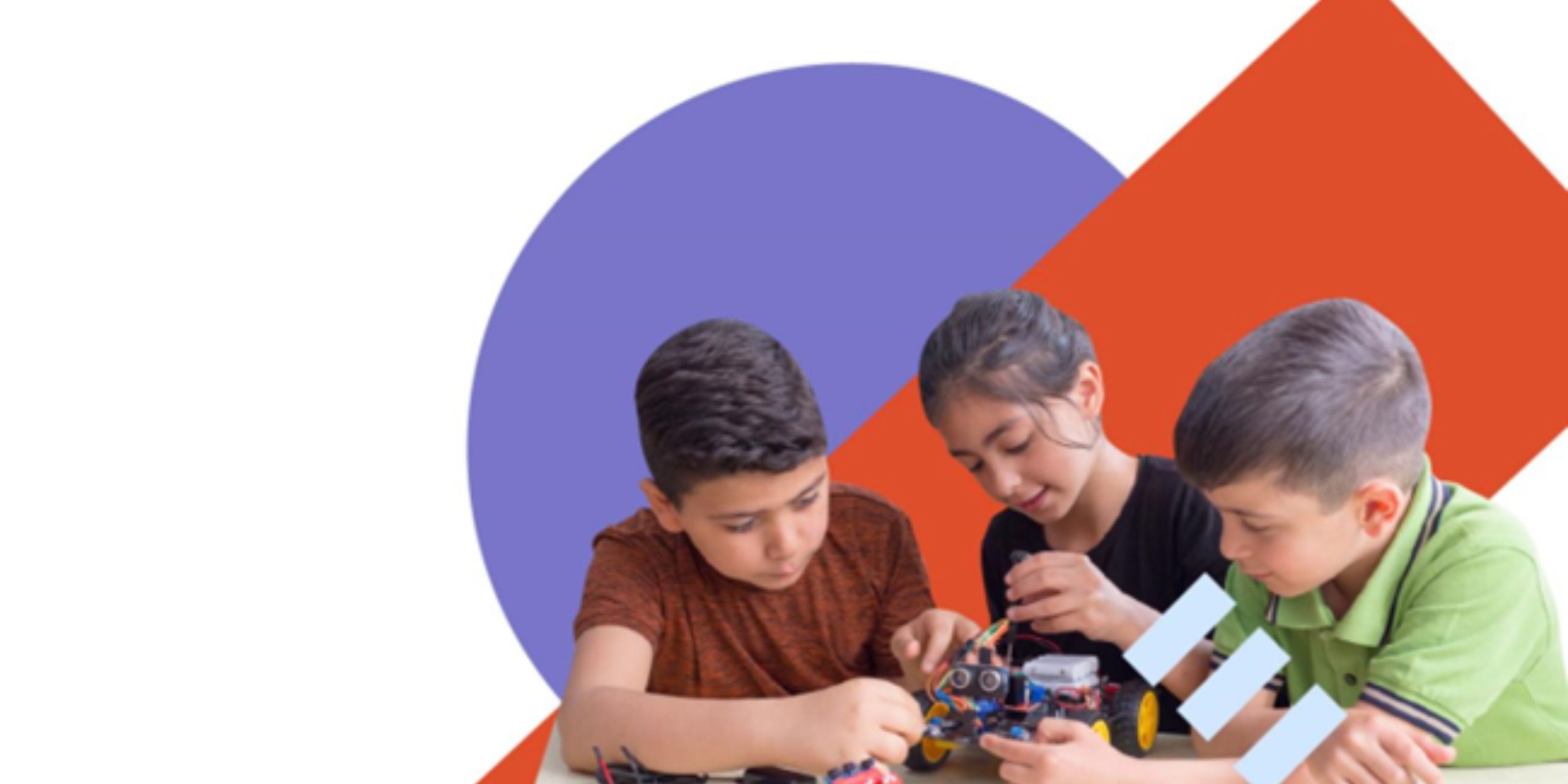A new thematic report and a factsheet shed light on challenges, enabling factors and policy considerations on blended learning and inclusion.
Blended learning is a mix of various learning environments and (non-)digital tools, as defined in the 2021 Council Recommendation on this subject.
The working group on schools, one of the working groups of the EEA strategic framework, chose to work on “blended learning for inclusion” in 2022.
In its final report, supported by a factsheet, the group identified key messages to guide policy making on inclusive and effective blended learning approaches.
Key messages for change makers
EU policy makers can support blended learning in formal school education by
- communicating on how it can support quality and inclusive education
- supporting continued international peer learning and research on effective blended learning policy and practice
National, regional and/or local policy makers can create conditions for effective blended learning by
- ensuring that school leaders and teachers have the time and flexibility to innovate
- sharing research results, pilot projects and good practice examples
- ensuring that schools have enough money to support the design, implementation and evaluation of blended learning
- ensuring that school leader and teacher standards, competence frameworks and/or professional profiles reflect the range of skills needed to facilitate effective blended learning
- encouraging and creating incentives and opportunities for professional learning opportunities on blended learning for school leaders and teachers
School leaders and their teams can help by
- supporting a culture of collective engagement and responsibility within their school
- mobilising resources within the school and community
- encouraging participation in networks
Publications
Report – Blended learning for inclusion: exploring challenges and enabling factors. Key messages and illustrative examples
File hosted on Publications Office of the European Union
Factsheet: Blended learning for inclusion
File hosted on Publications Office of the European Union
Why is this important?
Blended learning has gained more urgency with recent challenges in education, such as the impact of the pandemic on education and the inclusion of displaced learners from Ukraine in Member States.
These disruptive events have highlighted the need for education to be more responsive and resilient, including through blended learning strategies.
Find out more about blended learning
Get inspired by these examples
The report summarises the main findings and conclusions from plenary meetings, a seminar, and a peer learning activity held in 2022.
The messages are illustrated with examples shared by members and invited speakers at these meetings, such as
- learning in the heart of nature in Belgian primary schools: La Leçon Verte
- schooling for families on the move: blended learning in the Rijdende school, Netherlands
- widening learning spaces and opening up the timetable at the Giovanni XXIII school, Italy
- how inclusion and digitalisation go hand-in-hand at the Dannewerkschule, Germany
- the use of small robots, realia and laboratory equipment, different spaces, and targeting students with special needs at the primary school “Ivan Gundulić” in Croatia
About the working group on schools
Under its 2021-25 mandate, the sub-group on pathways to school success of the working group on schools is supporting countries in implementing the strategic framework for the European Education Area (2021-2030).
For the first phase of the mandate (September 2021 – June 2023) the working group is focusing on
- blended learning for inclusion
- assessment policies and practices to support inclusive education
Source: European Commission I European Education Area (https://bit.ly/3XS1mOy)
